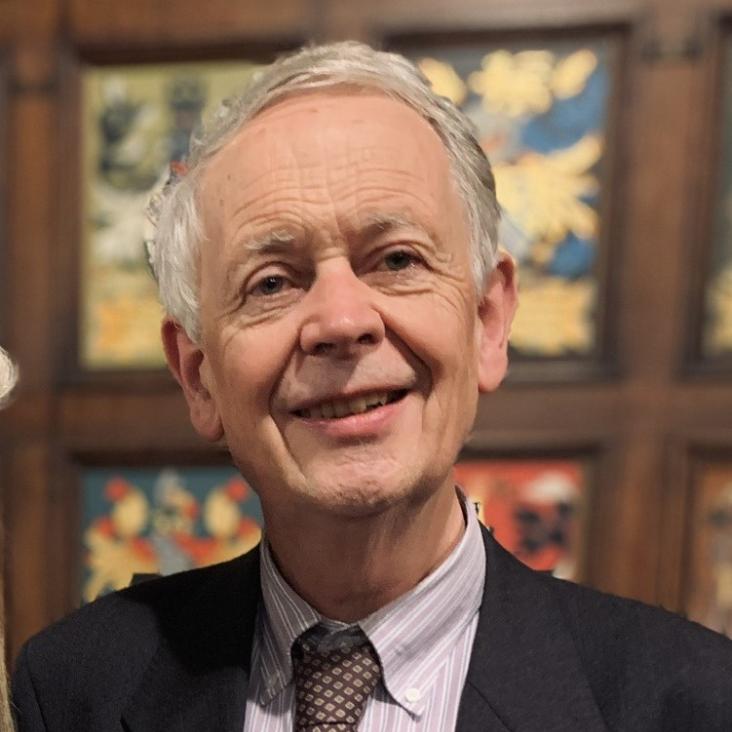AGN and Cooling Flows
ArXiv astro-ph/0103398 (2001)
Abstract:
For two decades the steady-state cooling-flow model has dominated the literature of cluster and elliptical-galaxy X-ray sources. For ten years this model has been in severe difficulty from a theoretical point of view, and it is now coming under increasing pressure observationally. For two decades the steady-state cooling-flow model has dominated the literature of cluster and elliptical-galaxy X-ray sources. For ten years this model has been in severe difficulty from a theoretical point of view, and it is now coming under increasing pressure observationally. A small number of enthusiasts have argued for a radically different interpretation of the data, but had little impact on prevailing opinion because the unsteady heating picture that they advocate is extremely hard to work out in detail. Here I explain why it is difficult to extract robust observational predictions from the heating picture. Major problems include the variability of the sources, the different ways in which a bi-polar flow can impact on X-ray emission, the weakness of synchrotron emission from sub-relativistic flows, and the sensitivity of synchrotron emission to a magnetic field that is probably highly localized.The dark matter problem in disc galaxies
Monthly Notices of the Royal Astronomical Society 321:3 (2001) 471-474
Abstract:
In the generic CDM cosmogony, dark-matter haloes emerge too lumpy and centrally concentrated to host observed galactic discs. Moreover, discs are predicted to be smaller than those observed. We argue that the resolution of these problems may lie with a combination of the effects of protogalactic discs, which would have had a mass comparable to that of the inner dark halo and be plausibly non-axisymmetric, and of massive galactic winds, which at early times may have carried off as many baryons as a galaxy now contains. A host of observational phenomena, from quasar absorption lines and intracluster gas through the G-dwarf problem, point to the existence of such winds. Dynamical interactions will homogenize and smooth the inner halo, and the observed disc will be the relic of a massive outflow. The inner halo expanded after absorbing energy and angular momentum from the ejected material. Observed discs formed at the very end of the galaxy formation process, after the halo had been reduced to a minor contributor to the central mass budget and strong radial streaming of the gas had died down.Dynamics of the Galaxy's satellites
DYNAMICS OF STAR CLUSTERS AND THE MILKY WAY 228 (2001) 269-276
Gas kinematics from Spectroscopy with a wide slit: Detecting nuclear black holes
GALAXIES AND THEIR CONSTITUENTS AT THE HIGHEST ANGULAR RESOLUTIONS (2001) 54-57
Microlensing and galactic structure
MICROLENSING 2000: A NEW ERA OF MICROLENSING ASTROPHYSICS 239 (2001) 231-243


